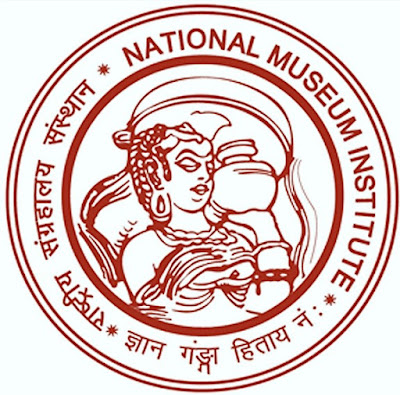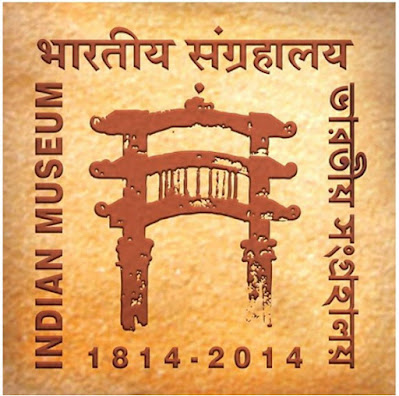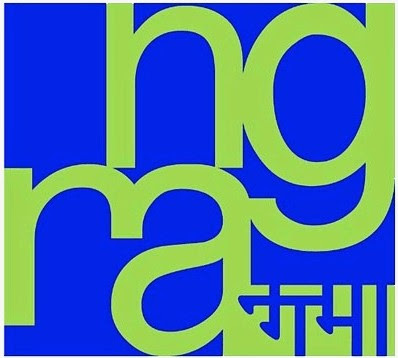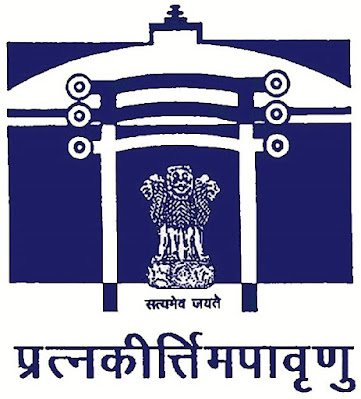KERALA VETERINARY AND ANIMAL SCIENCES UNIVERSITY

KERALA VETERINARY AND ANIMAL SCIENCES UNIVERSITY The emblem of the Kerala Veterinary and Animal Sciences University (KVASU) has a turn of DNA, which is the basic molecule of life, for humans, animals as well as other lifeforms. The red portion of the DNA denotes the letter ‘K’. The DNA appears on the backdrop of a bright golden sun - the light of which represents knowledge. The motif of the sun has sixty four rays, representing sixty four art (kala) forms of ancient Indian philosophy, depicting ‘Sarvakalaashaala’. In another view, the DNA represents modern knowledge and the sun represents traditional wisdom. The name and motto of the university ‘Ideas in Action’ circumscribe the motif.




